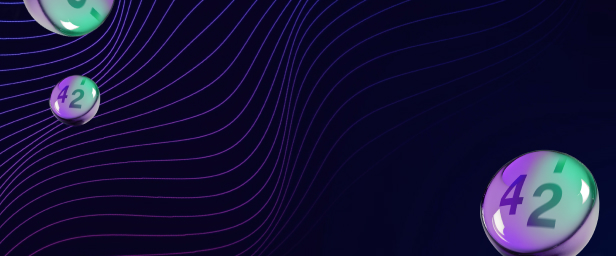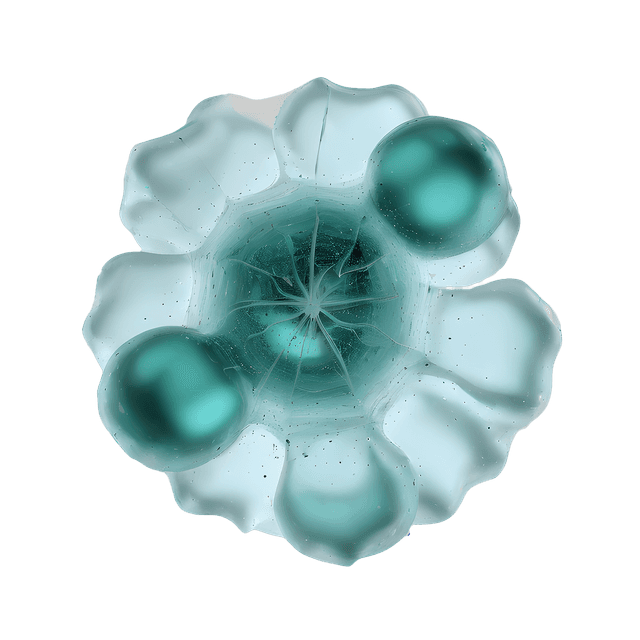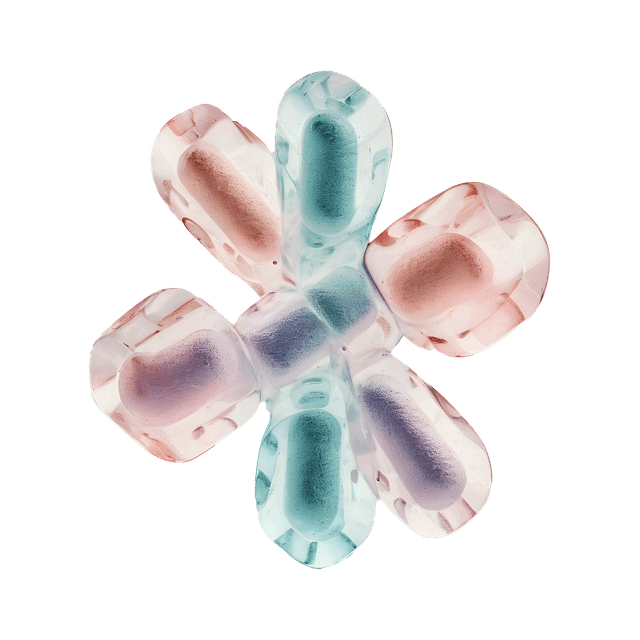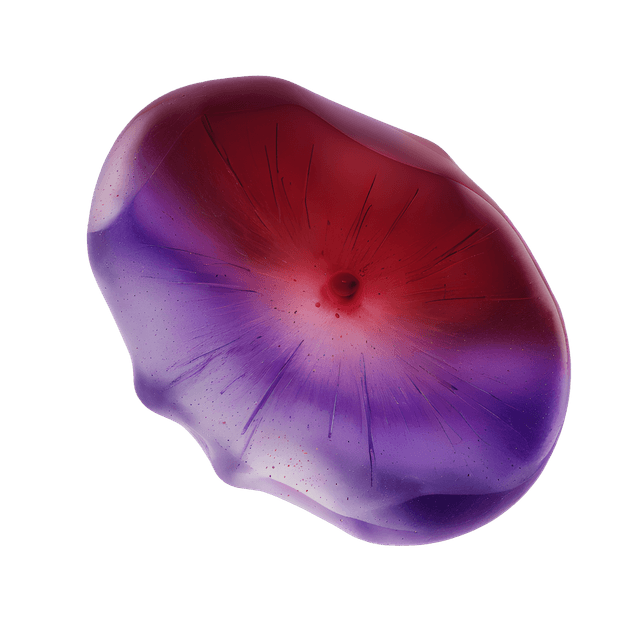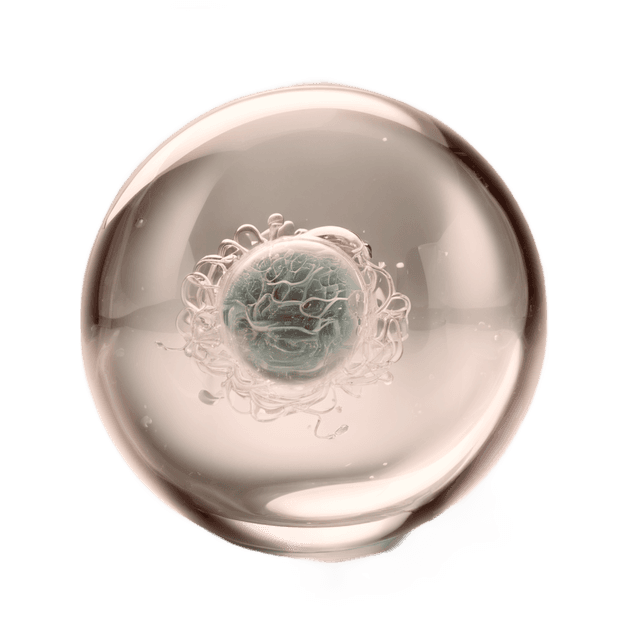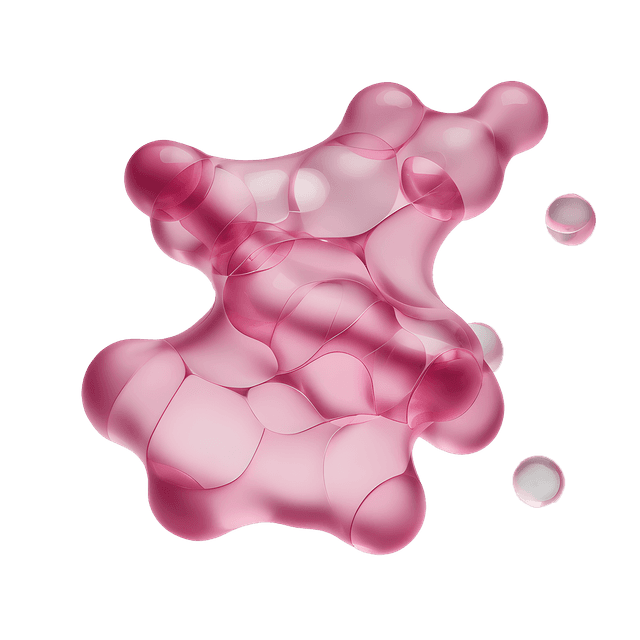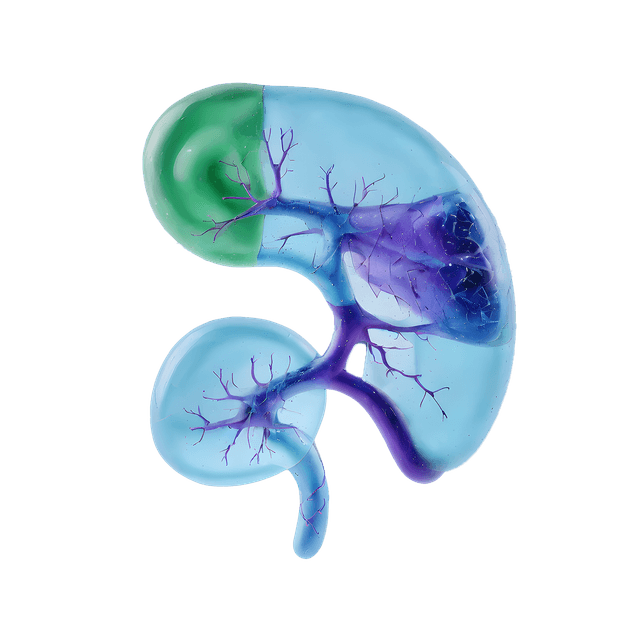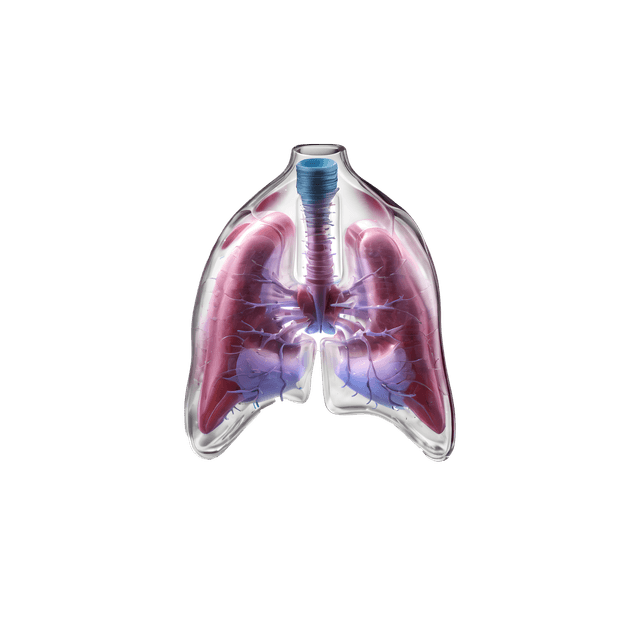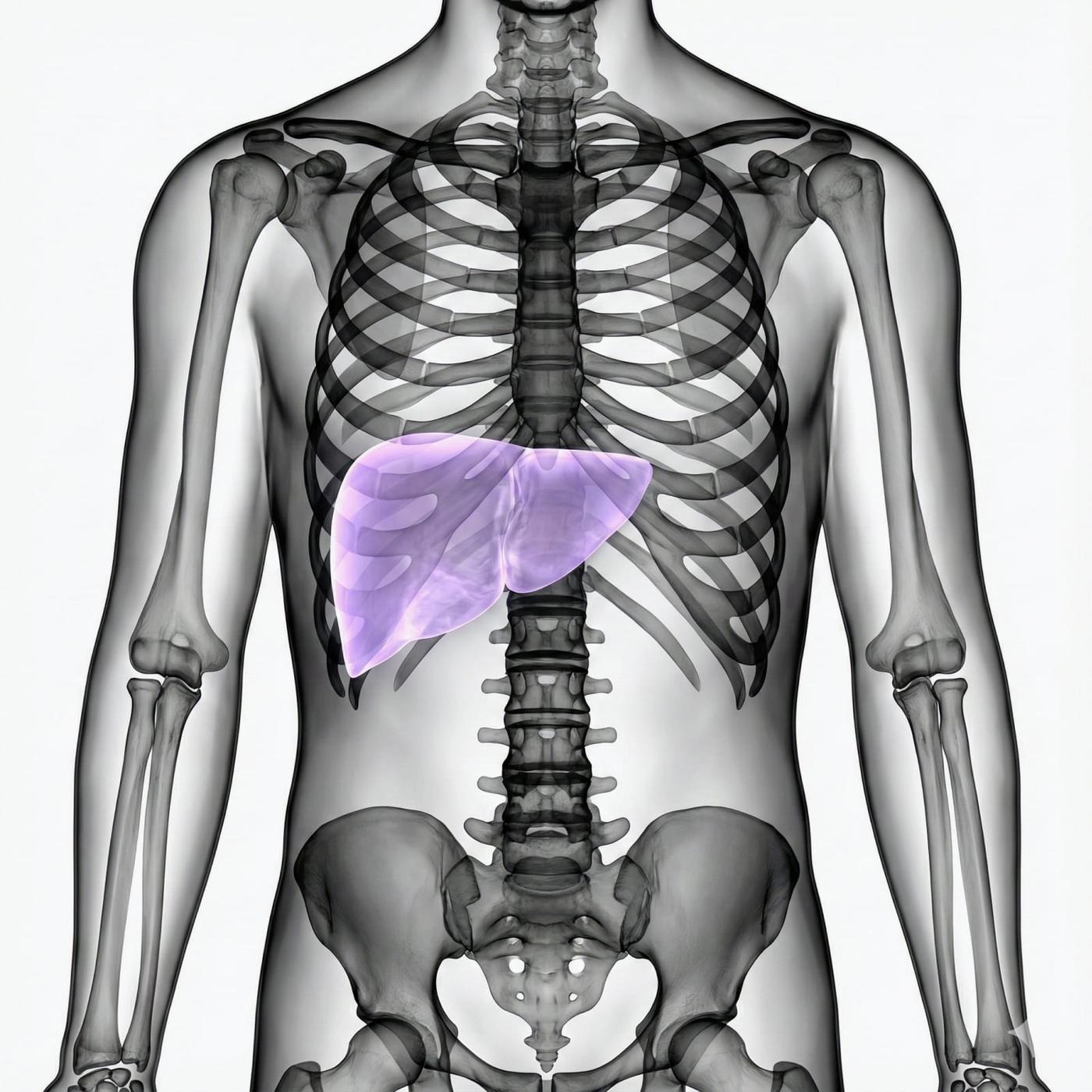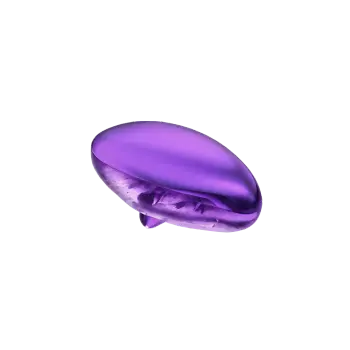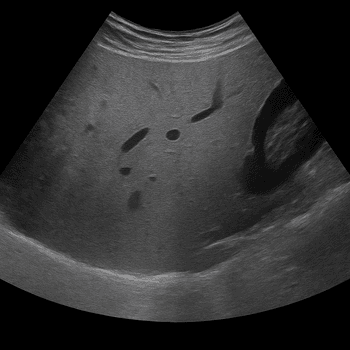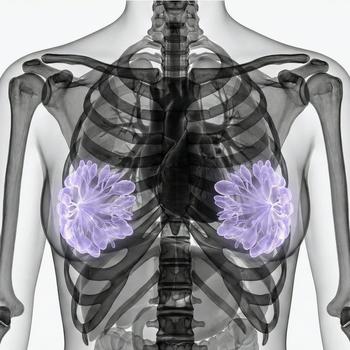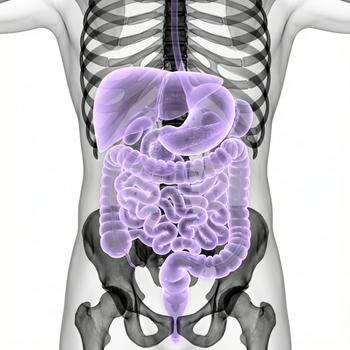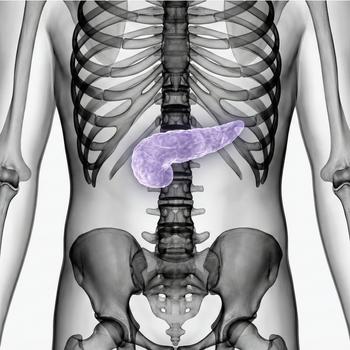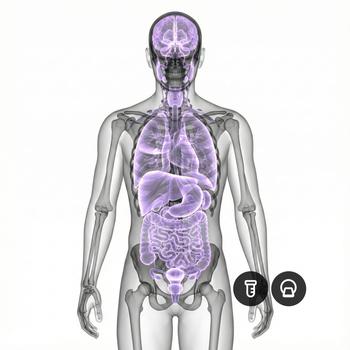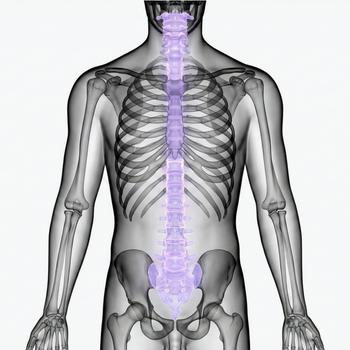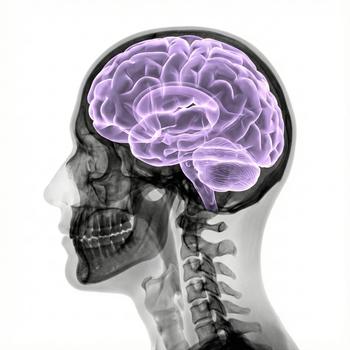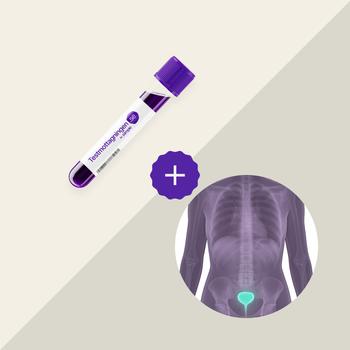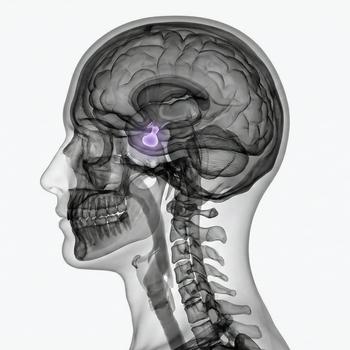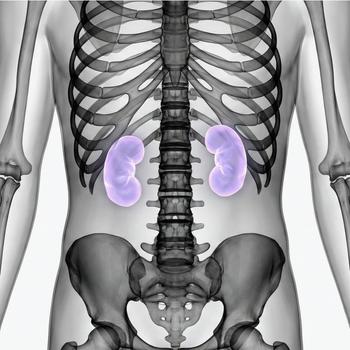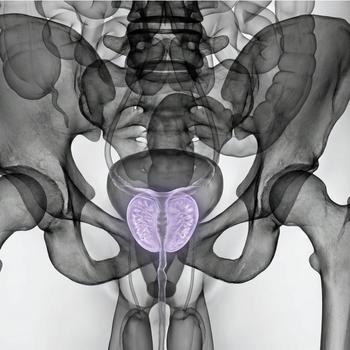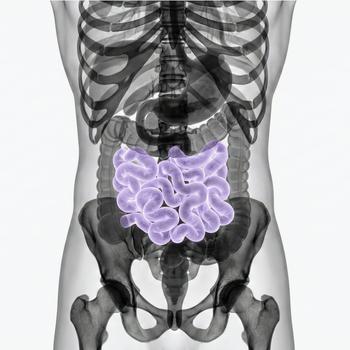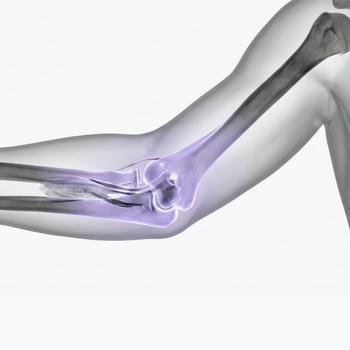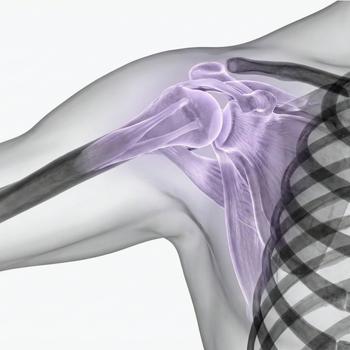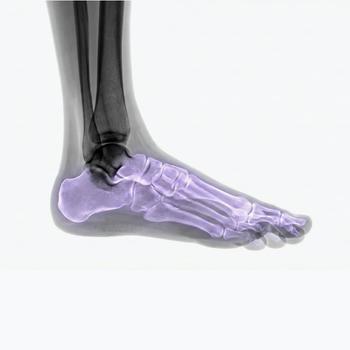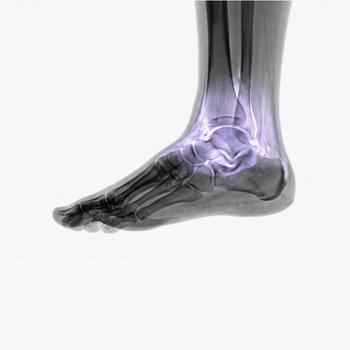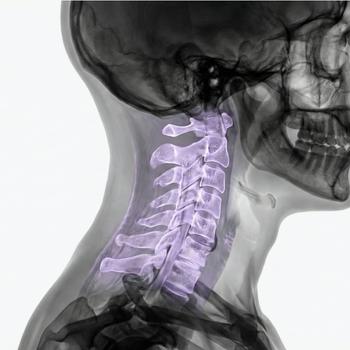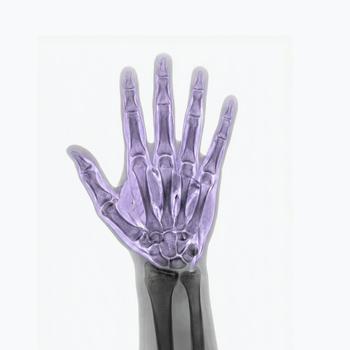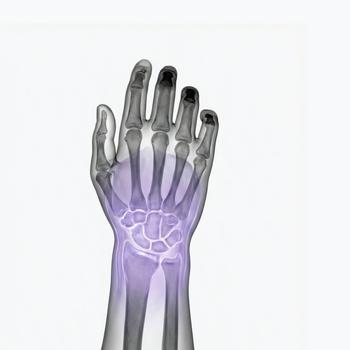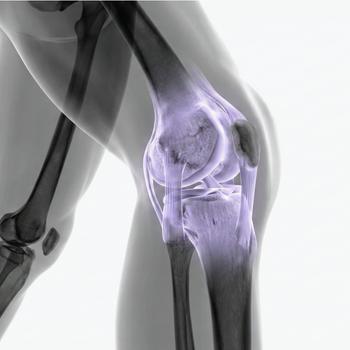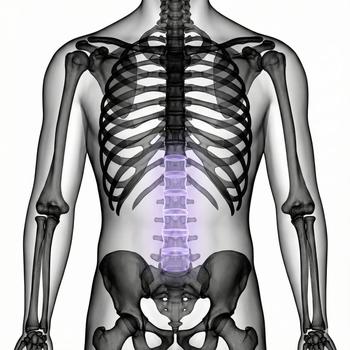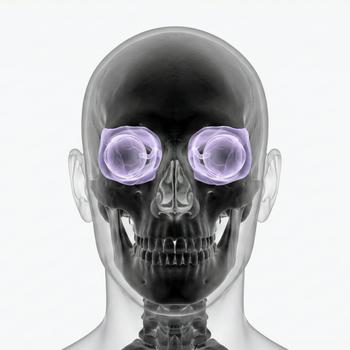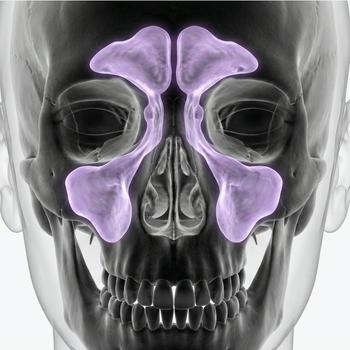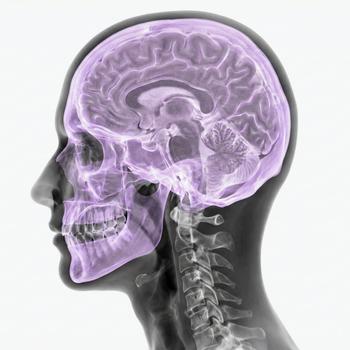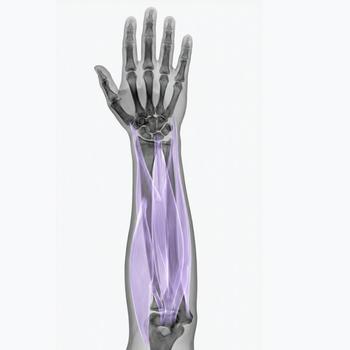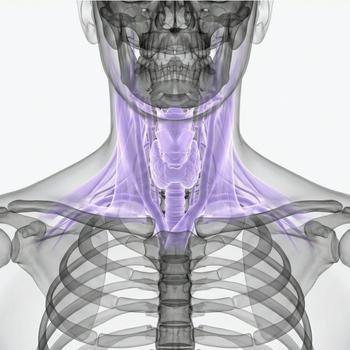MRI Liver – In case of abnormal liver values or suspicious changes
Have you received abnormal liver tests or are experiencing symptoms such as fatigue, pain under the right rib cage, nausea or yellowing of the skin and eyes? Then an MRI examination of the liver can be an important next step. MRI liver is a radiation-free, gentle and very accurate method for detecting pathological changes in the liver tissue, such as fat deposits, inflammation, cysts, fibrosis or tumors.
The examination provides high-resolution images of the liver's structure, blood flow and bile ducts and is used both in cases of suspected disease and for follow-up of previous findings. MRI is the most sensitive method for distinguishing benign from malignant changes and can often provide more information than ultrasound or computed tomography.
When is an MRI of the liver recommended?
MRI of the liver is recommended when there is a need to carefully map the structure or function of the liver – both in the case of unclear laboratory findings and in the case of symptoms that indicate liver disease.
- Elevated liver values (ALT, AST, GT or ALP).
- Suspected fatty liver (steatosis) or liver cirrhosis.
- Investigation of cysts, nodules or suspected tumors in the liver.
- Check for known changes, such as hemangioma or focal nodular hyperplasia (FNH).
- Follow-up after surgery, treatment or in the case of cancer.
- Suspected inflammation (hepatitis) or damage to the liver tissue.
- Investigation of bile duct obstructions or anatomical variations.
MRI is often used when the following conditions in the liver are suspected
- Liver cirrhosis or advanced fibrosis.
- Fatty liver (alcoholic or non-alcoholic).
- Benign changes such as hemangioma, adenoma or FNH.
- Primary liver cancer (hepatocellular carcinoma) or metastases.
- Inflammatory conditions such as hepatitis or cholangitis.
- Bile duct obstruction or injuries after surgery.
Book an MRI Liver – a safe, radiation-free and accurate examination
An MRI examination of the liver usually takes 20–40 minutes and is performed in the supine position. The examination is completely painless and does not use X-rays. In some cases, contrast media is given to improve image quality and assess blood flow in the liver.
Before the examination, you will always have a telephone consultation with a doctor. During the call, you will go over your medical history, current symptoms and the purpose of the examination. After the consultation, our doctor will issue a medical referral to a radiologist, and you will be helped to book an appointment at the MRI clinic that best suits you.
The results are reviewed by a specialist in radiology and you will receive a written report within a few days.

